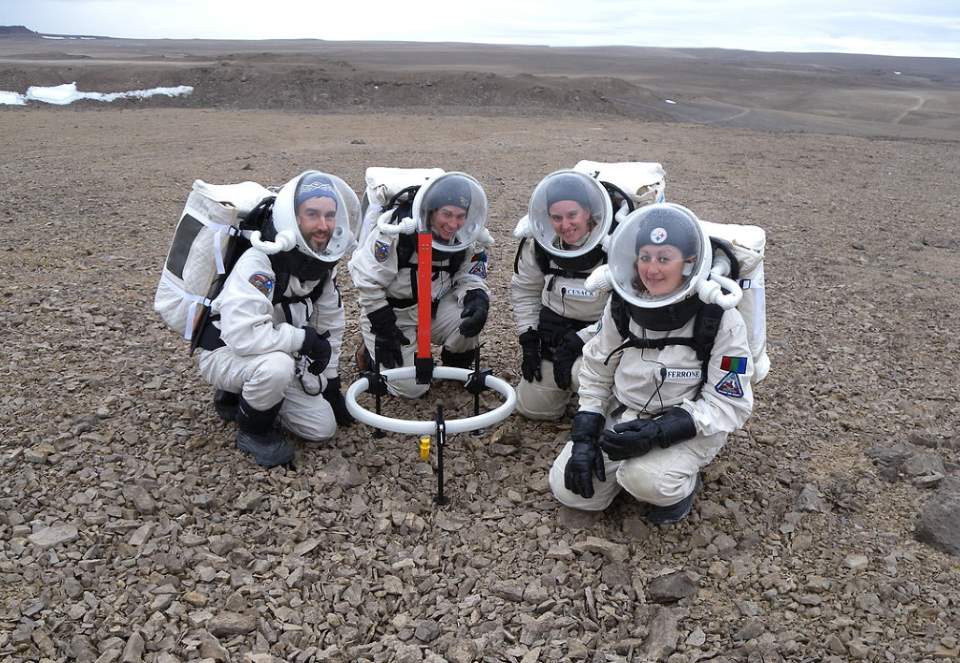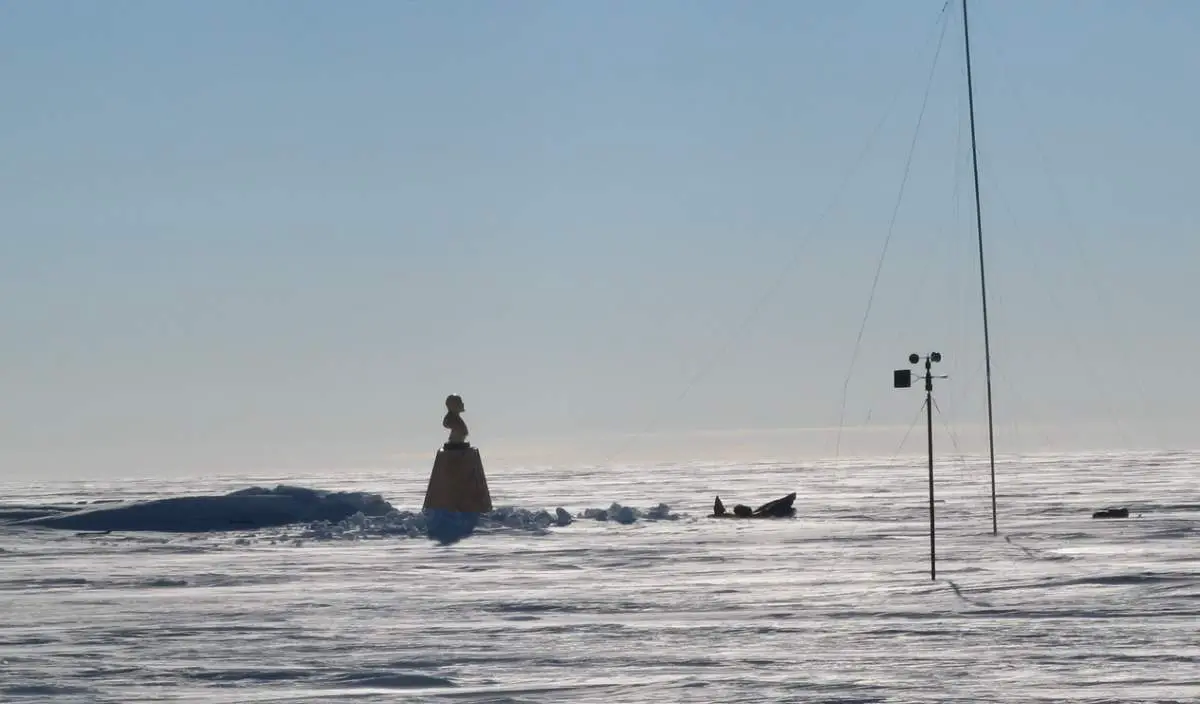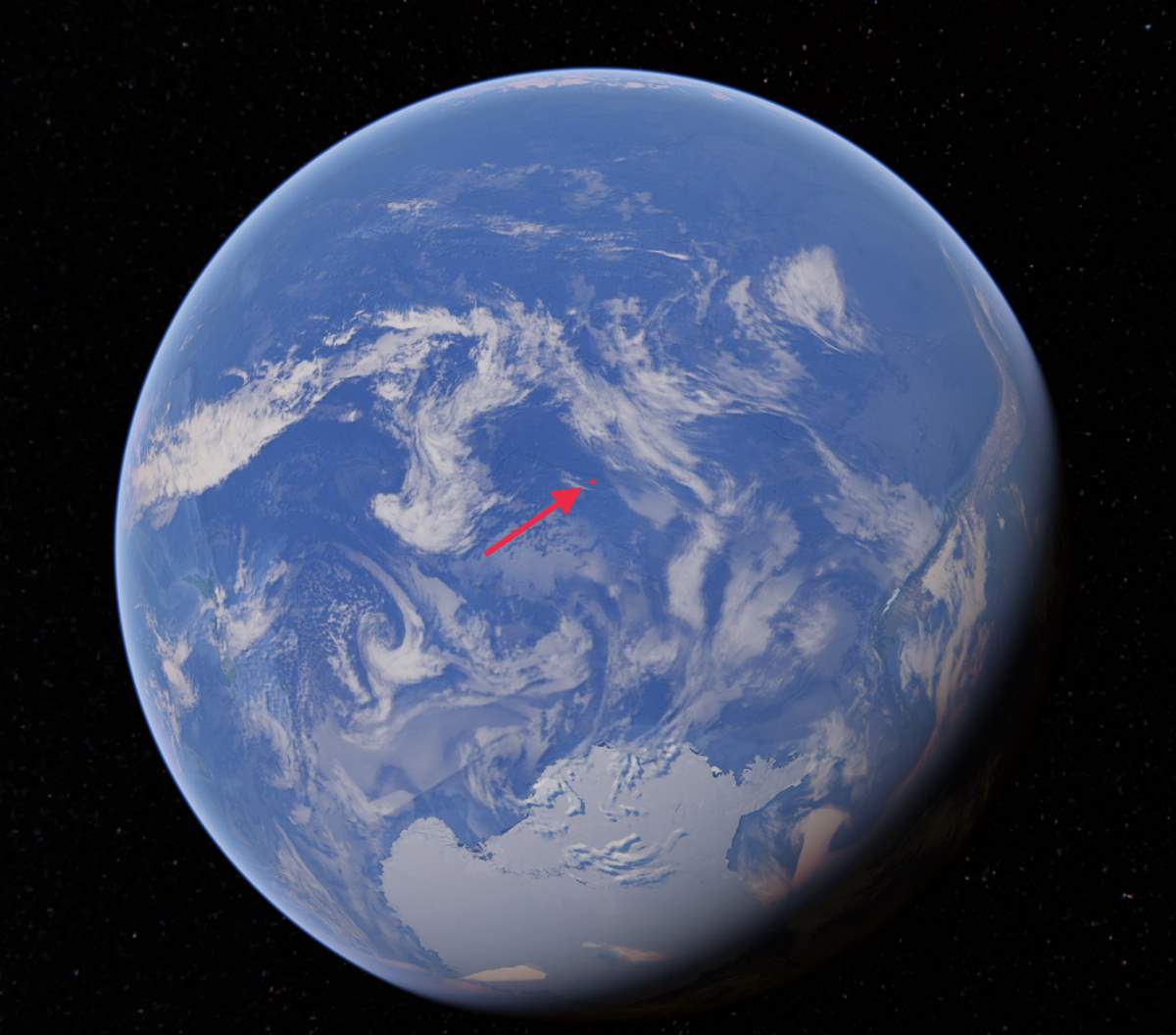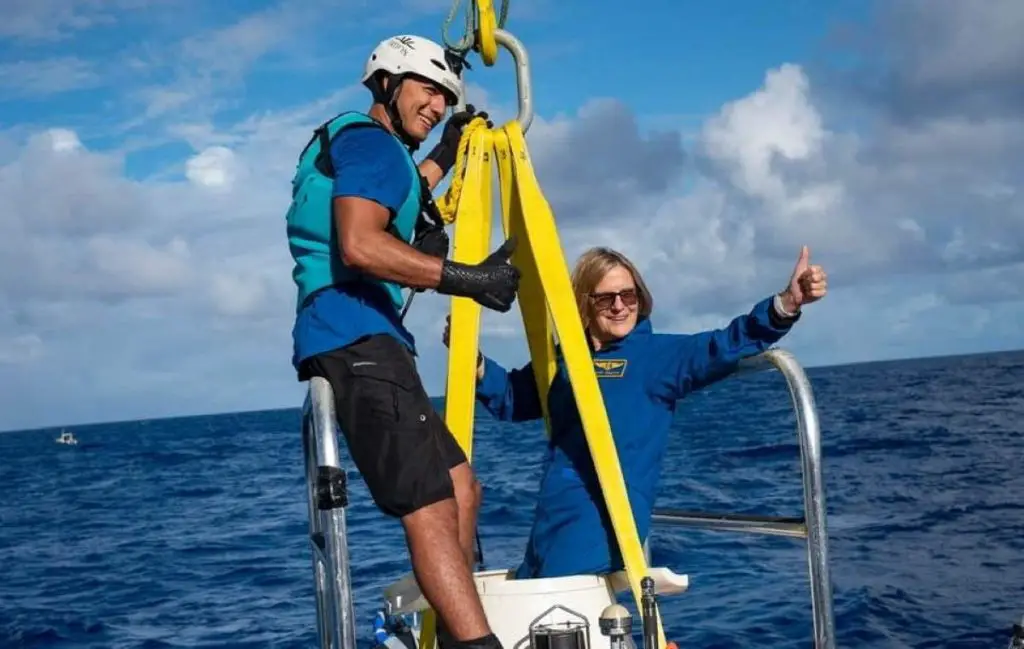How far away can you get from everybody else on Earth? A video, published by RealLifeLore channel on YouTube answers this very question. The answer is “actually quite far”, there are a lot of extremely remote places left in the world and some of them have actually yet to be reached by anybody in all of history. The world is an enormous place. Here are the most remote places on Earth.
“Let’s imagine that you have been suddenly teleported to the following locations, and then, imagine how or if you would escape.”
List of the most remote places on Earth
Here are the most remote places on Earth.
7. Tristan da Cunha
Tristan da Cunha is both a remote group of volcanic islands in the south Atlantic Ocean and the main island of that group. It is the most remote inhabited archipelago in the world, 2,000 kilometers (1,200 mi) from the nearest inhabited land, Saint Helena, and 2,400 kilometers (1,500 mi) from the nearest continental land, South Africa. It is 3,360 kilometers (2,090 mi) from South America.
Life on Tristan da Cunha – the World’s Most Remote Inhabited Island
This mini-documentary follows Stewart McPherson’s journey to Tristan da Cunha, the most remote inhabited island in the world. The tiny island has a population of just 264 people. McPherson meets the Tristanians and an interview with ex-chief islander Harold Green reveals what life is like in Tristan’s only settlement, Edinburgh of the Seven Seas.
McPherson says: “It [Tristan da Cunha] really feels like a beautiful old fishing and farming village, obviously a working village, and really it seems to me it could just be a piece of England cut out and thrown down in the middle of the South Atlantic. Except of course for the volcano. That volcano is still active, it erupted in 1961 and came close to destroying the village.”
The remote location of the islands makes transport to the outside world difficult. Lacking an airport, the islands can be reached only by sea. Fishing boats from South Africa service the islands eight or nine times a year. The RMS Saint Helena used to connect the main island to St Helena and South Africa once each year during its January voyage but has done so only a few times in the last years, in 2006, in 2011, and finally in 2018.
The wider territory normally has access to air travel, with Ascension island served by RAF Ascension Island though flights for civilians were indefinitely suspended in April 2017. The Saint Helena Airport became operational with its first commercial flight on 14 October 2017. There is no direct, regular service to Tristan da Cunha itself from either location.
6. Devon Island
Located in the Baffin Bay, Qikiqtaaluk Region, Nunavut, Canada, Devon Island is the largest uninhabited island and one of the most remote places on Earth. An outpost was established at Dundas Harbour in 1924, and it was leased to Hudson’s Bay Company nine years later.
The Inuit families who started living on the island in 1934 (the collapse of fur prices led to the dispersal of 53 Baffin Island Inuit families on the island) left the island in 1936 due to wind conditions and a much colder climate. Dundas Harbour was populated again in the late 1940s, but it was closed again in 1951. Since then, nobody has lived there. The nearest town is on the next island: Resolute, situated at the northern end of Resolute Bay and the Northwest Passage and is part of the Qikiqtaaluk Region. As of the 2016 census, its population was 198.
Conditions on Devon Island are so harsh, that it is actually a Mars analog environment and a polar desert. That’s why The Flashline Mars Arctic Research Station (FMARS) is built on the island.

5. South Pole of Inaccessibility in Antarctica
The most remote point in Antarctica isn’t the south pole. There’s a research station, the Amundsen-Scott South Pole Station at the south pole. The point farthest from any coastline on the Antarctic Continent is located at 83°06’S 54°58’E. This point is also known as the South Pole of Inaccessibility. It is located 878 kilometers (546 mi) away from the Amundsen-Scott South Pole Station, which is the nearest permanent human settlement.
The point was first reached on 14 December 1958 by an 18-man traversing party of the 3rd Soviet Antarctic Expedition. It has an elevation of 3,800 meters (12,500 feet) from sea level.
A defunct Soviet research station stands there. Meteorological observations were performed in the station from 14 December 1958 to 26 December 1958. The South Pole of Inaccessibility has the world’s coldest year-round average temperature: -58.2 °C (-72.8 °F).
The station building is surmounted by a bust of Vladimir Lenin facing Moscow. However, in 2007, it was almost entirely buried by snow, with little more than the bust visible. Following a proposal by Russia to the Antarctic Treaty Consultative Meeting, the buried building and emergent bust, along with a plaque commemorating the conquest of the South Pole of Inaccessibility by Soviet Antarctic explorers in 1958, has been designated a Historic Site or Monument (HSM 4, see notes 1).
The last time that humans ever visited this point (as of March 2018) was back in 2011: on December 27, 2011, during the Antarctica Legacy Crossing, Sebastian Copeland, and his partner Eric McNair-Landry, reached the South Pole of Inaccessibility by foot and kite ski from the Novolazarevskaya station (which is 75 km from the Antarctic coast), on their way to completing the first partial east-west transcontinental crossing of Antarctica of over 4,100 km (2,500 mi).

4. Bouvet Island
Bouvet Island is the most remote piece of land on Earth. It is s an uninhabited subantarctic high island in the South Atlantic Ocean at 54°25.8’S 3°22.8’E. It is the most remote island in the world, approximately 2,600 kilometers (1,600 mi) south-southwest of the coast of South Africa and approximately 1,700 kilometers (1,100 mi) north of the Princess Astrid Coast of Queen Maud Land, Antarctica. The nearest inhabited land, Tristan da Cunha, which is also the most remote inhabited island in the world, is 2,260 kilometers (1,404 mi) away.

3. Mariana Trench
One of the most remote places on Earth is under its oceans: if we forget about distance and just think about the sheer obstacles between you and every other person in the world, then the bottom of the Mariana Trench would be a truly lonely place. With a maximum-known depth of 36,069.55 feet ± 131.234 feet (10,994 meters ± 40 meters), only four people have ever been to the bottom (as of October 2020). More people walked on the moon!
2. Northern pole of inaccessibility
The northern pole of inaccessibility, sometimes known as the false northern pole, the Arctic pole of inaccessibility, or just the Arctic pole, is located on the Arctic Ocean pack ice at a distance farthest from any landmass. It lies at 85°48’N 176°9’W, 1,008 kilometers (626 mi) from the three closest landmasses: Ellesmere Island, Komsomolets Island, and Henrietta Island.
If you were to ever reach there, the closest inhabited land would be Ellesmere Island in Canada, home to a population of 191 people (as of 2016). The closest actual settlement on this island would be 1638 kilometers (1018 mi) away from you.
As of 2018, nobody has ever been to the northern pole of inaccessibility in history.
1. Point Nemo: The Most Remote Point on Earth
The most remote point and farthest away from the rest of humanity that you can likely ever achieve is Point Nemo. It is in the middle of the South Pacific Ocean. It is actually the remotest place from any human civilization you can find on Earth. Also called the “Oceanic Pole of Inaccessibility”, Point Nemo lies at least 2,688 km (1,670 mi) from the nearest land. Its remoteness is the reason why NASA uses the point as its “spacecraft cemetery“.

If you were at this point sitting in a boat alone, the closest other humans to you would actually be the astronauts aboard the International Space Station as they occasionally orbit the Earth above Point Nemo. The ISS orbits the Earth with an average distance of 408 kilometers (254 mi) (see notes 2).
Notes
- A Historic Site or Monument (HSM) is a protected location of historic interest on the continent of Antarctica, or on its adjacent islands.
- In fact, astronauts aboard the International Space Station would be the closest humans to you at several of these other locations as well.
Sources
- Tristan da Cunha on Wikipedia
- Devon Island on Wikipedia
- Pole of Inaccessibility (Antarctic research station) on Wikipedia
- Historic Sites and Monuments in Antarctica on Wikipedia
- Bouvet Island on Wikipedia
- Pole of inaccessibility on Wikipedia
- The Largest Elephant Ever Recorded : Henry - October 13, 2024
- All Moons in Our Solar System [2024 Update] - September 17, 2024
- Budget of NASA, Year by Year [1980-1989] - June 10, 2024

